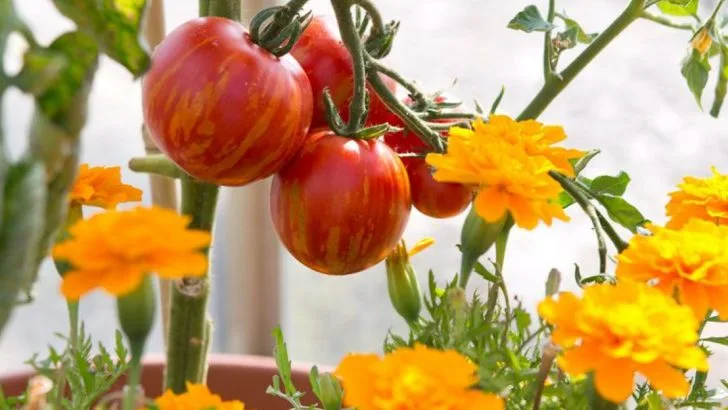Tomatoes are greedy little divas. They want the best soil. The perfect amount of water. The right amount of sun—no more, no less. And they’ll take their sweet time showing up… unless you know how to trick them. Yes, trick them. You don’t have to wait until late summer for that first bite. You don’t have to accept one big flush of fruit and then nothing but leafy lies. With a few clever moves, you can get tomatoes to produce earlier, grow harder, and keep going long after other plants have called it quits. We’re talking red, juicy, sun-warmed flavor bombs on repeat. No magic spells. Just smart, slightly sneaky tactics that make your plants think it’s time to shine—right now. Let’s fool those tomatoes into being the overachievers of your garden.
Early Start Indoors
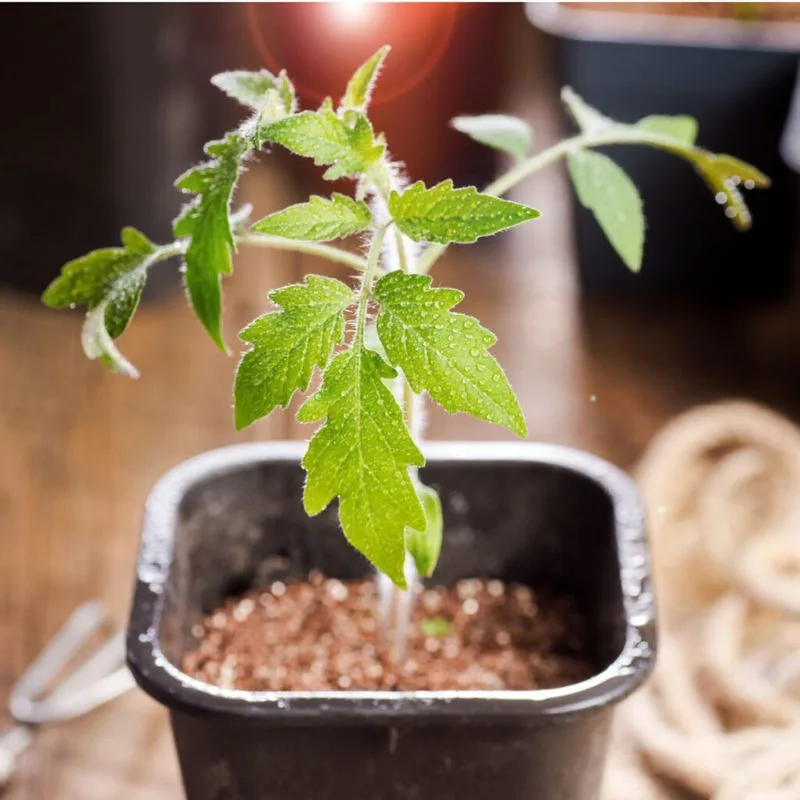
Starting tomato seeds indoors gives them a head start. Place seeds in small pots near a sunny window, ensuring they receive ample natural light. This early exposure helps develop strong, resilient plants ready for transplanting when the weather warms.
Once outdoors, these early-started plants will produce fruit sooner than those sown directly in the garden. By nurturing seedlings indoors, you bypass unpredictable spring frosts, safeguarding young plants.
This technique is a game-changer for impatient gardeners eager to taste fresh tomatoes without delay, making every bite of the season’s first harvest all the more rewarding.
Prune for Productivity
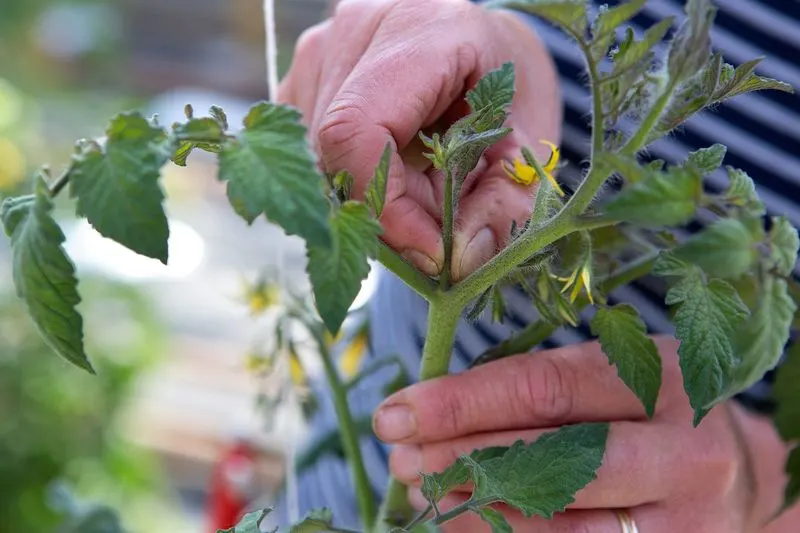
Pruning isn’t just for aesthetics; it’s a vital step in boosting tomato productivity. By removing suckers, you encourage the plant to focus energy on fruit production rather than excess foliage.
A well-pruned tomato plant allows for better air circulation, reducing disease risk and improving fruit quality. This simple practice can significantly enhance yield, transforming your garden into a tomato paradise.
For those aiming to maximize their harvest, understanding the art of pruning is essential. It’s a gentle, hands-on way to guide your plants to flourish and produce abundantly.
Consistent Watering Schedule

Tomatoes thrive on consistency, especially when it comes to watering. Implementing a regular watering schedule ensures that plants never experience the stress of drought.
Using tools like moisture sensors can help maintain the perfect balance, preventing overwatering and the resultant root rot. Consistent watering is key to healthy fruit development, preventing issues like blossom end rot.
It’s a vital habit that creates a stable environment, making your tomato plants dependable producers all season long. Commit to this routine, and watch your garden flourish with juicy, ripe tomatoes.
Companion Planting
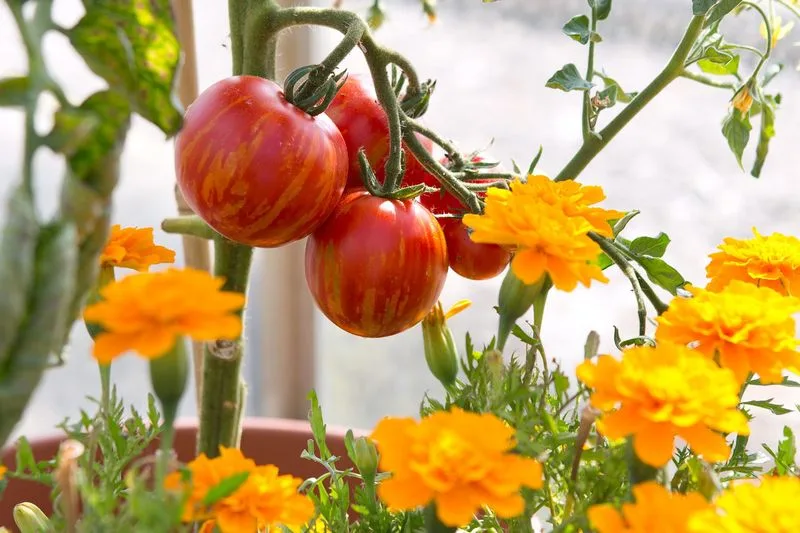
Companion planting is an age-old gardening trick that enhances tomato growth naturally. By pairing tomatoes with plants like basil and marigolds, you create a symbiotic environment.
Basil can improve yield and flavor, while marigolds deter pests, reducing the need for chemical interventions. This method fosters a healthier garden ecosystem, where plants support each other’s growth.
Embracing this strategy can lead to a bountiful, pesticide-free harvest. It’s an eco-friendly approach that celebrates diversity, making your garden not just productive but also a haven for beneficial insects.
Rotate & Rest the Soil
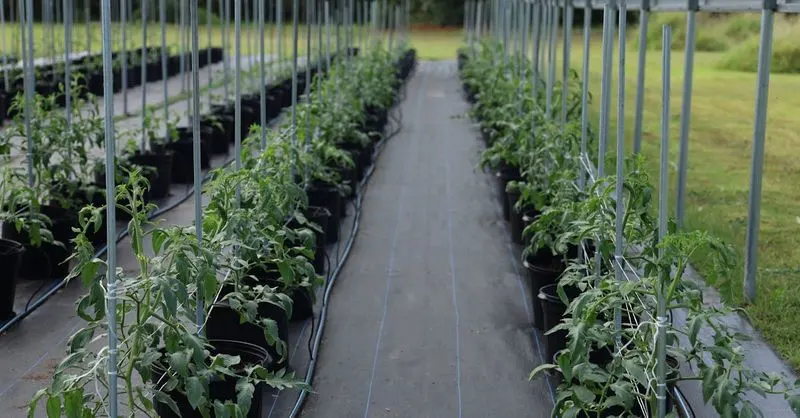
One of the secrets to nonstop production lies in crop rotation and soil rest. Avoid planting tomatoes in the same spot each year. Rotate them with other crops to prevent soil depletion and disease build-up.
Additionally, resting the soil rejuvenates its nutrients, ensuring tomatoes have a rich foundation for growth. This practice mimics natural cycles, maintaining soil health and enhancing plant vitality.
For dedicated gardeners seeking sustainable production, understanding soil needs is paramount. It’s a long-term commitment to soil stewardship, promising continuous, thriving tomato harvests each season.

